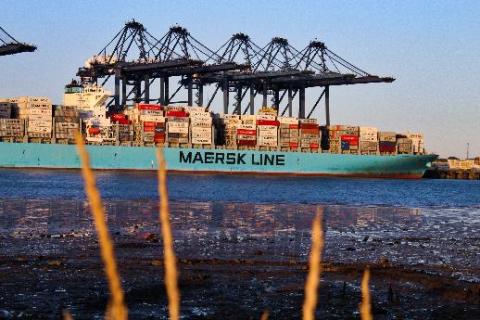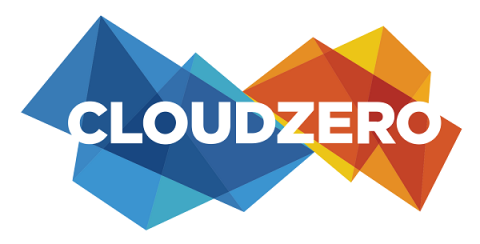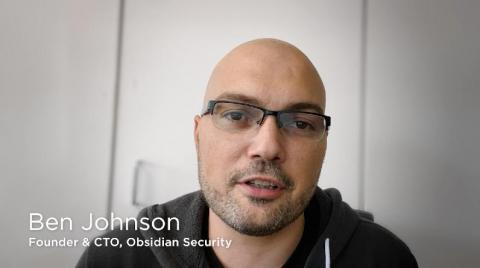Do containers and Kubernetes actually reduce AWS costs?
In surveys about why organizations adopt Kubernetes, a desire to reduce overall IT costs is an oft-cited reason for adopting containers and Kubernetes. Yet after the fact, when organizations talk about surprises during Kubernetes adoption, many cite increased costs. So does Kubernetes reduce costs or not? Like so many things in life, it depends. Here are some of the reasons Kubernetes projects come in over-budget and how to avoid them.





